
The 5 Most Potent Psychedelics
Find out about 5 of the strongest psychedelics around. Covering a little of the drug, and giving an overview of the effects, this list is in no way exhaustive, but should give you an idea of what to expect from the 5 exceptionally potent drugs.
Psychedelic drugs can be incredibly strong. Even naturally-occurring psychedelics have the potential to induce mystical experiences, transporting users to other universes.
The effects of psychedelics are highly subjective and hard to measure, so it’s hard to say which is the strongest – as there are many ways to define strength. However, there’s no doubt that some have an incredible capacity to induce potent effects.
5 of the strongest psychedelics
Psychedelics are a pretty incredible category of drug. In fact, we may only just be discovering how incredible they really are. There are many things which psychedelics have in common, not least among them is that they tend to be pretty strong – inducing reality-warping effects.
Below, we outline what are potentially the five strongest psychedelic drugs.
DMT
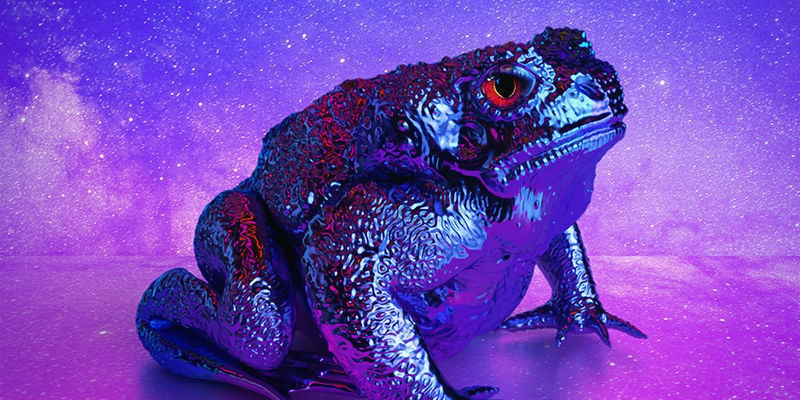
DMT actually comes in two forms: N, N-Dimethyltryptamine and 5-MEO-Dimethyltryptamine.
The former is the most common molecule, potentially appearing in all living organisms, and certainly many of them. Likewise, this is the sort of DMT that appears in Ayahuasca brews, or a powdered form to be smoked/vaped.
The latter, almost structurally the same but with a 5-MEO molecular tail, is less abundant in nature, and harder to come across as a drug. This drug is found in the venom of a type of toad, which is consumed in certain shamanic practices. Otherwise, the drug can be found in the form of “Yopo”, where it is blown up someone’s nose. In more modern practice, it has been combined with ibogaine to investigate how the two may work together in order to affect addiction.
Both have an extraordinarily strong effect.
Effects of DMT
Both forms of DMT are among the strongest drug experiences available – if not the undisputed strongest.
N, N-Dimethyltryptamine is a powerful hallucinogenic which has varying effects depending on the dosage. At the lower end, it causes powerful visual hallucinations; both closed-eye and open-eye. On the stronger end, it can transport users to entirely new universes where they may communicate with mystical, deity-like beings.
5-MEO-DMT, on the other hand, causes a strange shift in perspective which is often described as something like a near-death experience. Being less common, it is far less understood than N, N-DMT, and appears to have even more obscure, difficult-to-define effects.
Mescaline
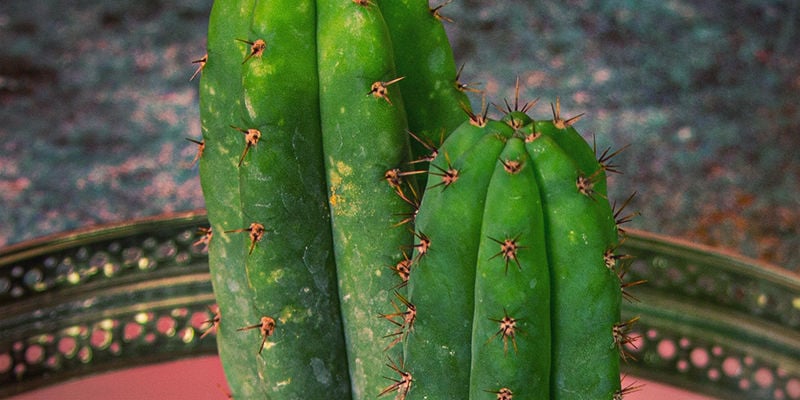
Mescaline is a psychedelic alkaloid most commonly found in certain cacti, such as Peyote and San Pedro, to name but two. This hallucinogenic compound has a long history of shamanic use in Central and South America, which was first made famous in North America and Europe by the book, The Teachings of Don Juan, which told the account of an anthropologist who travelled to Mexico to explore Peyote with a shaman.
Effects of Mescaline
Mescaline has effects which are said to be similar to psilocybin, though as with all drug comparisons, this is likely a pale comparison.
Expect significant mental, visual and auditory distortion—with both closed and open-eye visuals. Unlike psilocybin, some users report feeling a greater sense of detachment between the mind and body, though not in a disturbing way. Large, open fields of vision are said to suit this drug more, whilst enclosed spaces and forests can feel restrictive.
Like all psychedelics, the mescaline experience is highly introspective and philosophical. However, unlike the infinite depths of thought on say, LSD, thoughts on mescaline often come and go more easily, with large questions seeming simpler and less heavy than usual. For this reason, it is thought to be a useful drug in terms of contemplating the self. Total ego-deaths are possible with mescaline.
MDMA
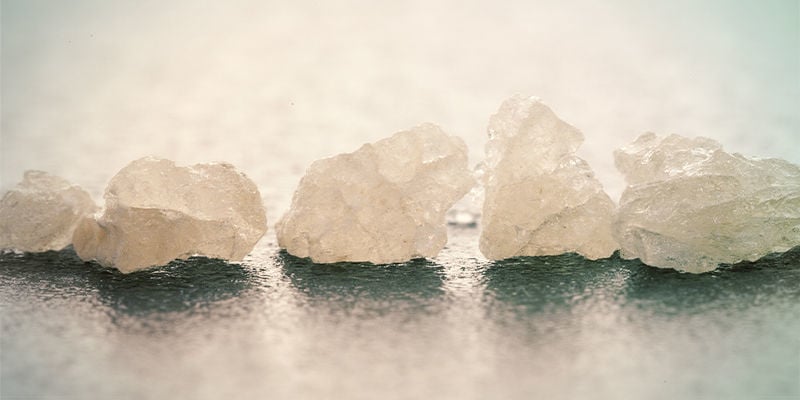
Many people know MDMA as an energising party drug. Unlike the other drugs on this list, MDMA doesn’t strictly fit into the category of psychedelic or even hallucinogen. As most who have tried it will attest, it’s also a stimulant too.
Nevertheless, MDMA has powerful psychedelic properties, most obviously represented in the extreme and often laughable feeling of empathy it creates in users. Compared to some other, ancient drugs on this list, MDMA is fairly modern, being just over 100 years old. Created in 1912 by Merck, a pharmaceutical company, it was, for many years, legal and used in a therapeutic setting, and very rare in a recreational setting.
In the 1960’s and 70’s, when the recreational use of psychedelics became popularised and their therapeutic use grew to be demonised, MDMA became more scorned and, eventually, outlawed along with almost every other type of psychedelic.
Effects of MDMA
MDMA has extremely powerful and not at all subtle effects. Very heightened feelings of happiness, empathy and love are among the most well-known and easily recognisable. Also, a heightened sense of perception and susceptibility to light and sound, along with increased energy levels are what make it such a popular party drug.
At higher doses, it can cause full-blown hallucinations – more powerful than many other psychedelics—bordering, or crossing into psychosis. Unlike hallucinations on other psychedelics, those on MDMA tend to be much more confusing and harder to identify as effects of the drug, as such they can cause distress, thought loops and serious confusion.
Unlike the other drugs on this list, MDMA also has highly physical effects, such as increased heart rate, blood pressure and body temperature—as well as the clenching and grinding of the jaw; or, gurning. These physical effects mean that MDMA has a much higher potential to be dangerous, including potentially fatal side effects if taken at very large doses or alongside other drugs.
As famous as MDMA is for its euphoric effects, it’s almost equally famous for its sometimes devastating comedown. Most psychedelics are well-loved for having pleasant and minimal after-effects. Not so with MDMA. Especially at higher doses or when taken regularly, MDMA can cause extreme physical exhaustion and misery akin to depression. However, if taken occasionally and at lower doses, these side effects tend to be fairly minimal.
LSD
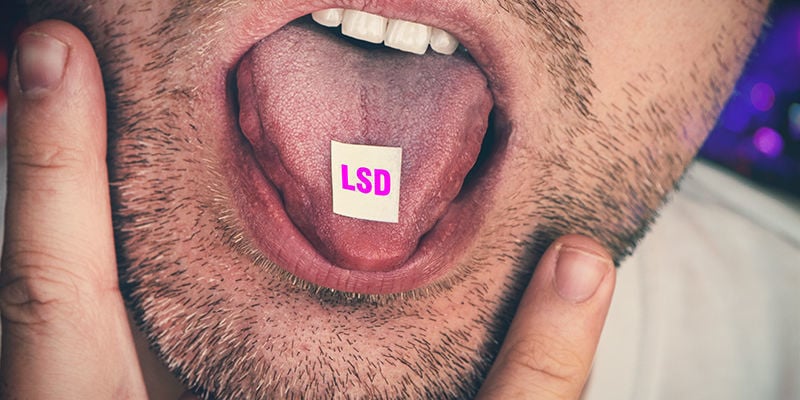
LSD, more commonly known as acid, is one of the most famous and the most potent psychedelic compounds. In fact, it’s so potent that you only need 25µg—that is, 25 micrograms to begin feeling the effects. To put that in perspective, one microgram is one millionth of a gram. So it’s among the most potent drugs in the world.
Usually, LSD is taken in the form of tabs, where the lysergic acid diethylamide (LSD) liquid is dropped on blotter paper. This is then placed under the tongue, where the LSD is absorbed through the mucous membrane and into the blood stream. Otherwise, the liquid can be dropped directly onto the tongue.
Created in 1938 by Albert Hoffman, LSD went on to be trialled in military research to see whether it could be used to enhance the capabilities of soldiers. Suffice to say, this research failed. In fact, LSD went on to become synonymous with the hippie movement.
Effects of LSD
The effects of LSD are infamous and mean that it is among the most feared and misunderstood drugs in the world. Alongside the hippy movement, LSD is also synonymous with a “bad trip”.
Indeed, among all drugs acid does seem to have the capability to induce terrifying and long-lived experiences. Whereas many psychedelics allow the user to observe their thoughts, letting them come and go, it is much easier to get trapped in thoughts on acid. That being said, if approached carefully, the vast majority of LSD experiences are highly enjoyable.
LSD can induce powerful visual and auditory effects—some of the most powerful of all drugs. Whilst in most cases the world will still be recognisable, and users won’t be having full-blown hallucinations, perception will be very, very different to normal. Likewise, thought patterns will change and people will likely follow thoughts very deep indeed. It is for this reason that it has a reputation for inspiring philosophical thinking and conversation.
Salvia
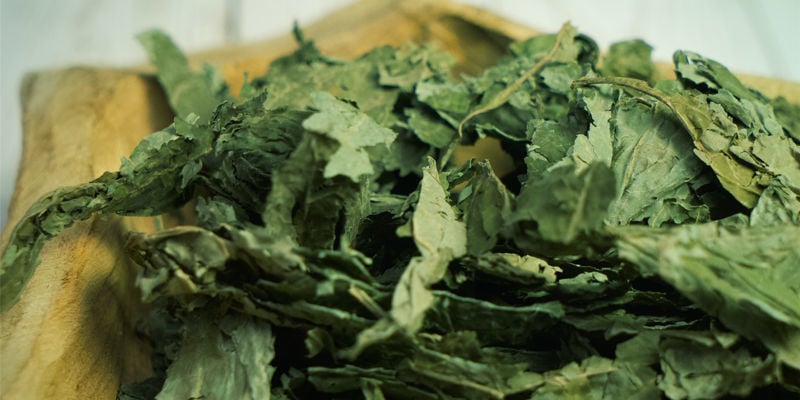
Salvia divinorum, the Seer’s sage; legal where many other psychedelics are illegal, this drug must not be underestimated. In fact, it’s shockingly strong, especially as extracts are available which can be 100 times as strong as the naturally grown leaf.
Smoked as a dry leaf, this drug has a reputation for being something people try once as teenagers and then never go back to. More than saying much about the quality of the drug, this has far more to do with the fact that as it tends to be legal, people assume that it must also be mild—far from it!
Effects of salvia
The effects of salvia are actually pretty similar to those of DMT, but potentially less innately pleasant. Expect strong visuals and even other-worldly experiences. Moreover, salvia has a sort of potent rushing feeling which can make users feel as though they are moving very fast, despite being still.
If taking salvia, be aware that it’s actually very strong and should be tried in very low doses at first, until you understand a little more about it. It’s by no means a joke drug!
Differences Between Psychedelics
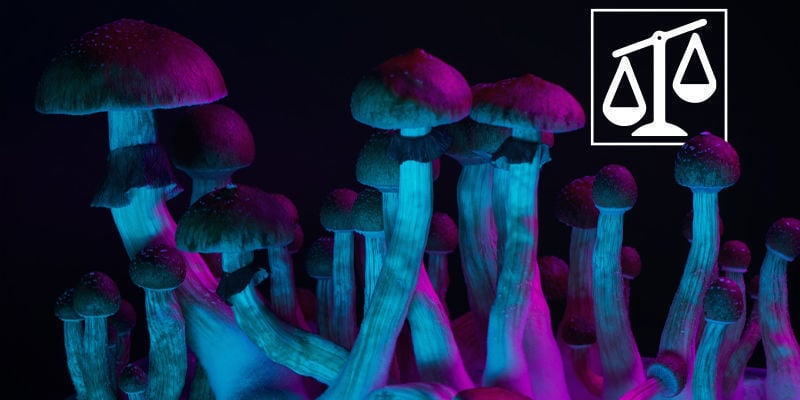
Each psychedelic is a world unto itself, and there’s only so far we can compare them. In fact, there’s only so far it’s worth comparing them. One may be “stronger” or “weaker” than another, but that doesn’t indicate the value or quality of the experience. For instance, psilocybin (magic mushrooms) didn’t even make it onto this list, but it’s no doubt one of the most popular psychedelic drugs, due to its wonderful effects.
Experiment safely with different psychedelics, but don’t go hunting for the strongest; rather, look for the one that suits you the best. You’ll know it if you find it.
-
 4 min
20 December 2020
Top 10 Reddit Psychedelics Communities
Word of mouth has long been a crucial part of the psychonaut community. From dosing info to trip reports, people have always come together to share tips and recommendations. Recently, this...
4 min
20 December 2020
Top 10 Reddit Psychedelics Communities
Word of mouth has long been a crucial part of the psychonaut community. From dosing info to trip reports, people have always come together to share tips and recommendations. Recently, this...
-
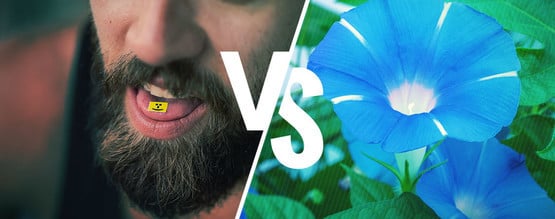 2 min
2 August 2019
LSD vs. LSA - The Difference
LSD and LSA don‘t just sound similar, they are indeed chemical brothers. LSA is the natural counterpart to synthesised LSD, so much that Albert Hofmann, the father of LSD, was astounded by their...
2 min
2 August 2019
LSD vs. LSA - The Difference
LSD and LSA don‘t just sound similar, they are indeed chemical brothers. LSA is the natural counterpart to synthesised LSD, so much that Albert Hofmann, the father of LSD, was astounded by their...
-
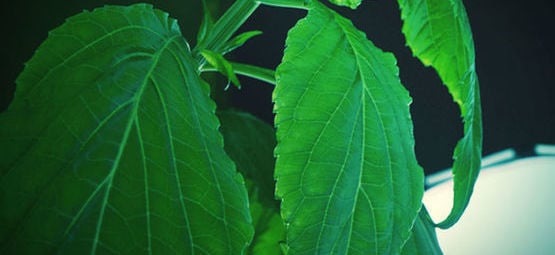 15 min
21 January 2019
Salvia: Everything You Need To Know
15 min
21 January 2019
Salvia: Everything You Need To Know
-
 3 min
6 October 2018
Top 5 Mescaline Cacti
Mescaline occupies the esteemed podium of naturally occurring hallucinogens along with DMT and psilocybin. The alkaloid can be found in a variety of cactus species. Here are the top 5...
3 min
6 October 2018
Top 5 Mescaline Cacti
Mescaline occupies the esteemed podium of naturally occurring hallucinogens along with DMT and psilocybin. The alkaloid can be found in a variety of cactus species. Here are the top 5...













 United States
United States










